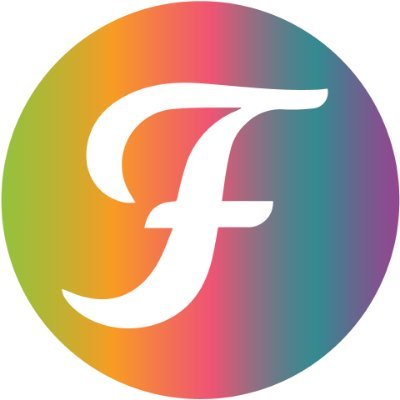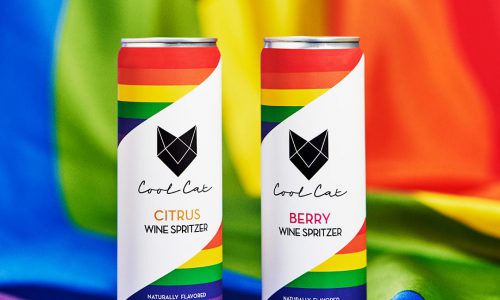Gary Schneidkraut is an Enterprise Client Strategist at ForceBrands who helps companies grow and scale their business through effective hires. Passionate and knowledgeable about the wine and spirits world, we sat down to get his thoughts about the current state of the wine world. With natural disasters, climate change, and global wine production reportedly reaching a 50-year low, Schneidkraut offers some insights into why he thinks the wine industry may be reaching a tipping point – and why that might not be such a bad thing. Read on to learn more.
ForceBrands: There’s a lot happening in the wine world right now; what are some exciting changes you’ve observed?
Gary Schneidkraut: There’s no secret that the story of wine is continually changing. Old and stuffy is not the way of wine anymore. It’s cooler now; and most wine drinkers today aren’t judging what others have in their glass. I think one of the most exciting changes is that there are a lot more stories behind these wines that are being told that are helping to build the brands. Ultimately, wine companies are recognizing that they can be branded in similar ways that beer and spirits companies have been doing for years.
FB: How is the story of wine branding changing?
GS: Wine is becoming more accessible to people – it’s no longer perceived as a luxury item in the same way it was years ago. The name game has certainly helped shift this perception. Take Australia’s Jealous Bitch that features a dog on the label, or New Zealand’s Squealing Pig that brands itself as ‘a tale about a pig who wanted more from life than just his pig pen.’ When I worked in sales at a wine distributor, I had restaurant and bar clients who specifically asked for wines with fun names or cool, unique labels. And it’s interesting because if you’re out at a bar looking to order a beer and you see a wine like Jealous Bitch on the menu, you’ll likely be intrigued. At the very least, it catches your attention.
FB: How does more playful wine branding translate to the hiring scene?
GS: Wine brands are attracting a larger more diverse talent pool. It goes without saying that people relate to what they see – in pop culture and beyond. And although not all candidates may be wine experts, they likely know the industry or have consumer insights and behaviors.
FB: Are there any places wine companies should look to find great talent?
GS: Wine companies shouldn’t be afraid to open up their search parameters and look beyond candidates with backgrounds exclusively in the wine industry. Look at the consumer product goods space as a whole as there are so many transferable skills.
FB: Are there any wine roles in particular that are rising in popularity?
GS: Marketing roles – particularly experiential marketing roles – are gaining popularity. You see experiential marketing happening with spirits brands like Patrón Tequila, for example, where they offer a completely immersive virtual reality experience that takes consumers on a 360° Hacienda tour where they can get an inside look into the tequila-making process. I think we’ll see more and more wine companies adopting these marketing tactics. For example, Treasury Wine Estates is helping to bring an increased wine presence to baseball games as the official wine of Citi Field, the stadium that’s home to the New York Mets. There has also been an increased presence of wine being served at sporting events with the introduction of plastic, portable single-serve wine cups so you can drink your wine without needing a wine opener. It’s all about making wine more accessible, and increasing consumer engagement is pivotal in achieving that. In terms of hiring for that, you’re going to need more people on the ground doing tastings and really activating on that level to succeed.
FB: We’d be remiss to discuss the current state of the wine world without touching upon the impending global wine shortage, which will inevitably mean higher prices for consumers. How do you anticipate this affecting younger cash-strapped consumers (Millennials drank 42 percent of all wine in the U.S. in 2015, according to industry nonprofit Wine Market Council)?
GS: Over the past few decades, we’ve seen the building of a large and impressionable generation of young wine drinkers. This disruption of production, and thus prices, (whether it be attributed to climate change, natural disasters, or other causes) is sort of a tipping point. As a winery, are you going to let this established generation of wine drinkers switch to beer? I think out of the disruption, there’s an opportunity for the wine industry to try new things and rethink and tweak their previous strategies – whether that’s hiring, distributing, or marketing – and that’s exciting. And don’t forget, once you get people to taste the product and they enjoy it, it’s been proven that Millennials will pay up for it.
This article originally appeared on Wine Enthusiast as part of our monthly series, ForceBrands Decanter: Opening Up the Conversation.






